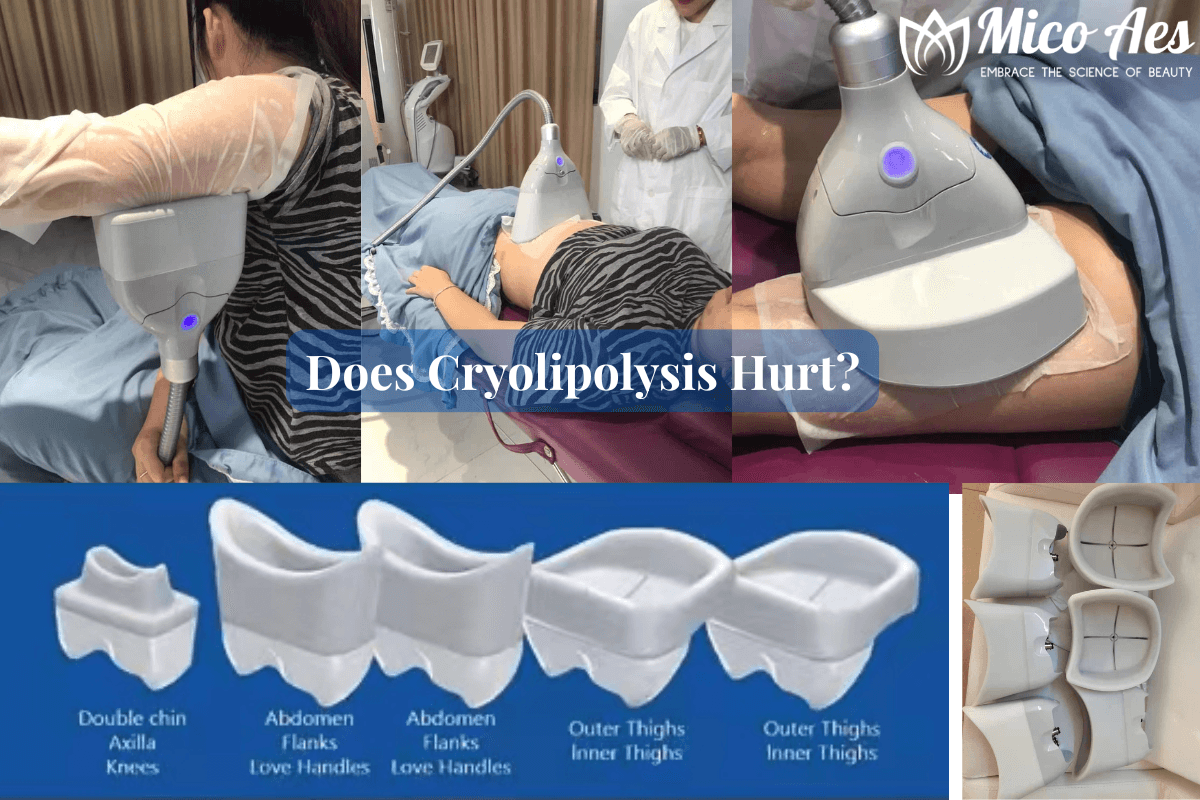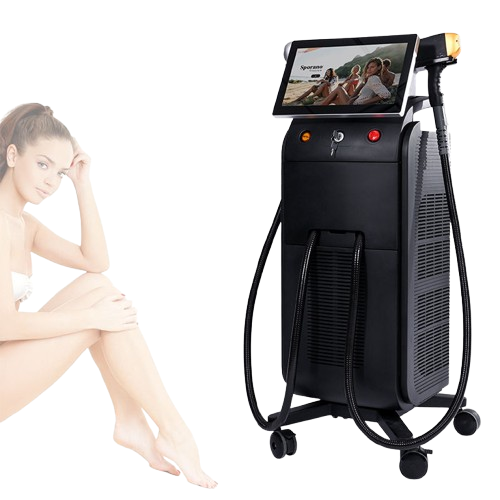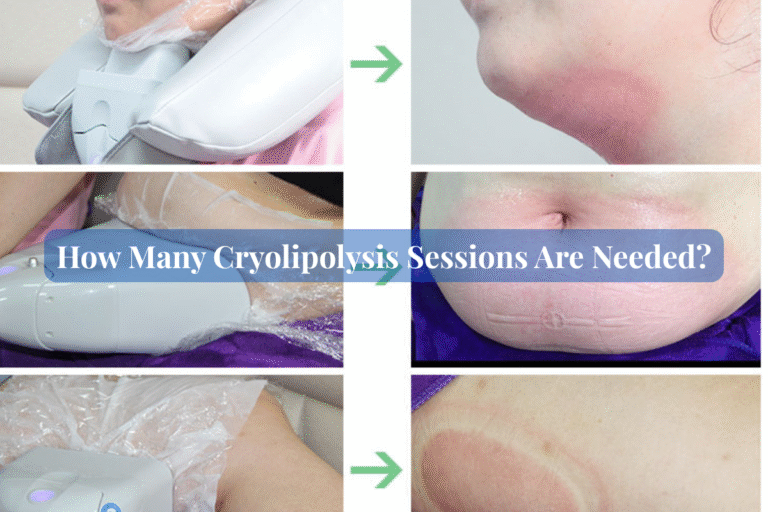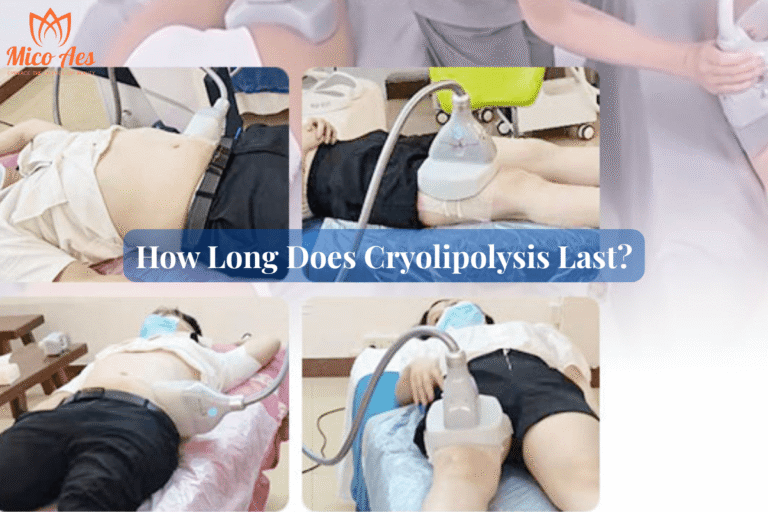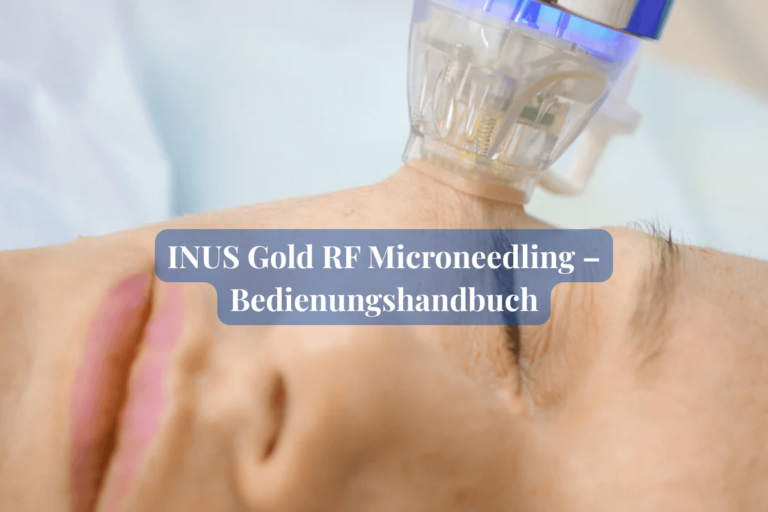Cryolipolysis, also known as fat freezing, is a popular non-invasive body contouring treatment. While it offers long-term fat reduction without surgery, many prospective clients wonder: Does it hurt? This article provides a detailed, research-backed answer based on clinical studies, patient feedback, and expert insights.
What Is Cryolipolysis?
Cryolipolysis is a non-invasive fat reduction procedure that uses controlled cooling to target and destroy fat cells. It works by lowering the temperature of fat tissue to below freezing, triggering crystallization and subsequent cell death (apoptosis). The body then naturally eliminates these fat cells over 2–3 months, resulting in permanent fat reduction in treated areas.
Common treatment areas include:
- Abdomen
- Flanks
- Thighs
- Double chin
- Arms
Treatment Overview:
- Duration: 30–60 minutes per session
- Anesthesia: Not required
- Downtime: None – patients can resume normal activities immediately
- Results: Gradual, visible improvement over 8–12 weeks
- Ideal for: Localized fat pockets, not general weight loss
1. During the Procedure: Mild and Transient Discomfort
Common Sensations:
- Cold: Intense cold as the applicator suctions and cools the skin
- Pulling or pinching: As fat tissue is drawn into the device
- Tingling or slight pressure: Usually subsides within 10–15 minutes as numbness sets in
Pain Level (Intra-procedure):
- Average pain score: 1.0/10 (range 0–10), with most patients reporting ≤2
- Study findings:
- 70–80% of patients rated discomfort as “none” or “mild” on a 5-point scale
- Anesthesia is generally unnecessary
- Most patients find the process tolerable
2. Immediately After Treatment: Short-Term Side Effects
Common Symptoms:
- Redness
- Swelling
- Bruising
- Temporary numbness or tingling
Post-Treatment Massage:
To enhance fat cell disruption, manual massage is often performed after treatment. Some patients report:
- Brief but sharp pain
- Stinging or cramping
- Pain typically lasts a few minutes and is well tolerated
Pain Scores:
- Post-procedure average: 1.6/10 immediately after, decreasing to 0.8/10 before discharge
3. Delayed Pain (1–3 Days After Treatment)
While most patients experience only mild discomfort, a subset develops delayed nerve-related pain, known as neuropathic pain.
Clinical Insights:
- Incidence: ~15% of female patients experience delayed pain vs. 0% in men
- Onset: Typically 3 days after treatment
- Duration: Around 11 days on average
- Symptoms:
- Burning or stinging sensations
- Electric-shock-like pain
- Pain severe enough to disrupt sleep (especially abdominal areas)
Management Options:
- Compression garments
- Lidocaine patches
- Gabapentin or acetaminophen/codeine (for moderate to severe cases)
4. Other Delayed Sensations and Reactions
Numbness:
- Reported by ~67% of patients
- May last 2–8 weeks
- Usually resolves without intervention
Itching:
- Often peaks 1–2 weeks post-treatment
- Related to nerve recovery
Rare Reactions:
- Hypersensitivity: Persistent cold sensitivity or tingling (rare)
- Nerve Injury: Rare cases of mandibular nerve damage (jaw or ear pain)
- Frostbite (Improper use): Extremely rare, usually due to poor technique
5. Severe Pain and Complications: Very Rare
Paradoxical Adipose Hyperplasia (PAH):
- Incidence: ~0.1%
- Painless enlargement of fat in treated area
- Requires surgical correction
Frostbite / Nerve Damage:
- Caused by improper device use or insufficient protection
- Should be evaluated immediately if suspected
6. What Affects Pain Perception in Cryolipolysis?
| Factor | Impact on Pain |
|---|---|
| Treatment Area | Abdomen and chin more sensitive |
| Device Type | Newer applicators (e.g., CoolCup) are more comfortable |
| Patient Gender | Women report more delayed pain |
| Health Conditions | Pre-existing neuropathy, Raynaud’s, or autoimmune issues increase sensitivity |
| Operator Skill | Improper massage or cooling protocol can increase discomfort |
7. Patient Feedback and Satisfaction
Despite some discomfort, most patients report high satisfaction with cryolipolysis:
- Over 80% of patients found the pain tolerable and acceptable
- 95% resumed normal activities immediately after treatment
- Would recommend: Majority said yes, citing results and convenience
Summary: Does Cryolipolysis Hurt?
| Phase | Pain Level | Description |
|---|---|---|
| During Treatment | Low (1–2/10) | Cold, pulling sensation, mild discomfort |
| Immediately After | Mild (1.6/10) | Massage discomfort, minor soreness |
| Delayed (Day 3–14) | Moderate (in ~15% of women) | Nerve-related pain, treatable |
| Severe Pain | Extremely rare (<0.1%) | Usually due to complications |
Bottom Line: Cryolipolysis is not entirely painless, but for most people, discomfort is mild, short-lived, and manageable. The results and convenience outweigh the temporary sensations for the vast majority of patients.
Clinical Advice for Pain Management
- Before Treatment: Discuss concerns with your provider; consider pre-treatment analgesics for sensitive areas
- After Treatment: Use cold compresses, wear compression garments, take OTC pain relievers if needed
- If Pain Persists: Contact your provider for follow-up evaluation and possible medication (e.g., lidocaine patches or neuropathic pain relievers)

